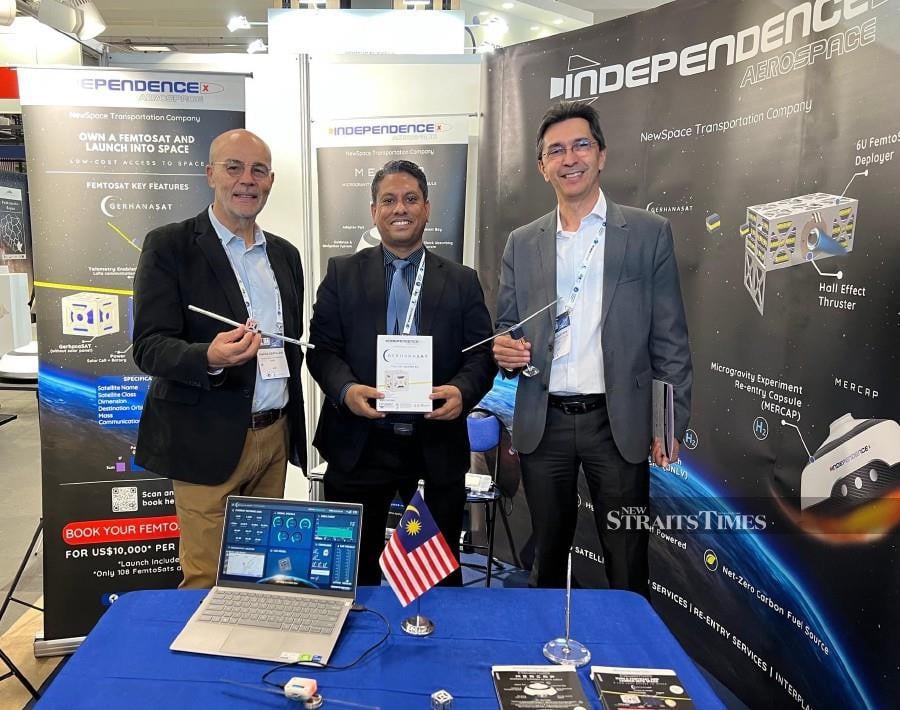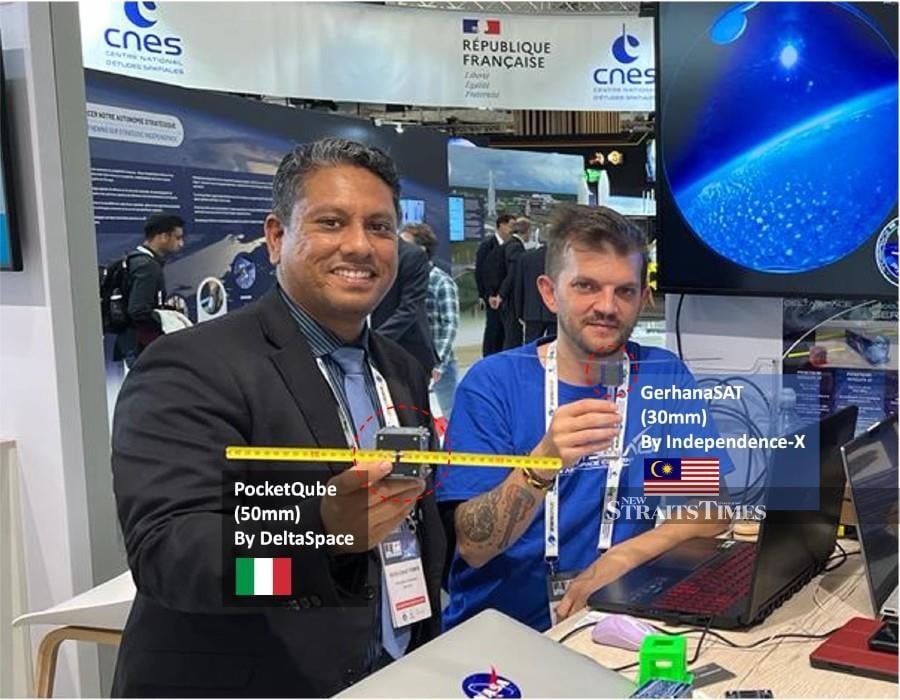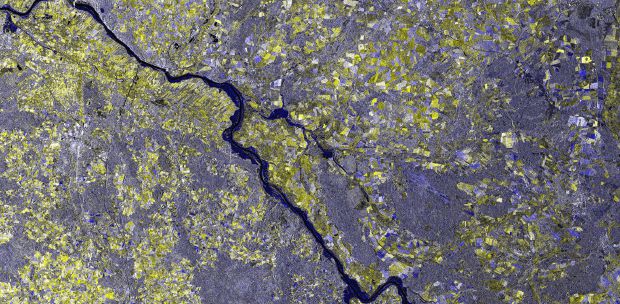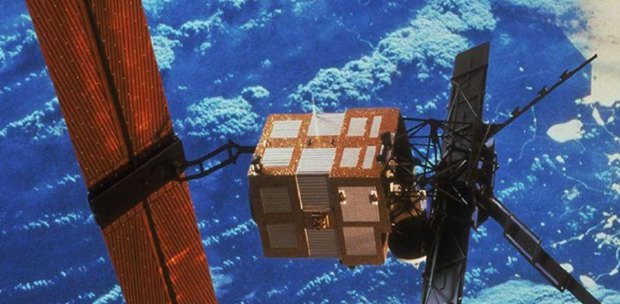LOCAL aerospace tech company Independence X Aerospace has created history by inventing the world's smallest satellite which is fully functional in orbit.
The company's GerhanaSAT satellite, which is a a Femto-class satellite, has been validated by renowned space industry experts at the International Astronautical Congress in Paris, France recently.
The representatives from the French Space Agency (CNES) Dr Patrick Castillan and Dr Alan Gleyzes of CNES (Assistant Director of CNES) have validated that the GerhanaSAT is… "the smallest satellite in the world that I have seen so far."
The mini satellite produced by Independence X Aerospace measures just 30mm of cube edge length, compared to the Italian Delta Space's PocketQube satellite that measures 50mm of cube edge length.
"Our satellite has two versions, comprised of the (SV) Space Version, measuring 30mm, while the (CV) Consumer Version measures 32mm of cube edge length. We have demonstrated a fully functioning satellite in front of a live audience," said Independence X Aerospace's chief executive officer, chief technology officer and founder, Izmir Yamin.
He said that the GerhanaSAT satellite can be used for IoT communications, drone telemetry and telecommand, and Walkie Talkie voice. Besides that, the satellite can also be used by the agricultural sector , UAV and unmanned operators and fleet management, etc.
"The satellitecan remain in orbit for two years, and we can launch as constellation to get continuous communication or single satellite with intermittent communication," explained Izmir.
To date Independence X Aerospace has received multiple orders of at least 520 satellites for both variants and requests from multiple countries, mainly from Europe and the US, as well as parts of the Middle East and Africa, a contract exceeding US$1 million (RM4.5 million).
"For the first time in Malaysia, we are exporting Malaysian-made space tech products. Our company always works towards creating new and cutting-edge products, and less towards following trends. We aim to be the pioneers in space technology. Femto-satellite, Re-entry Capsule Vehicle, and Net-Zero Carbon Launch Vehicle," he said.
At the exhibition, the company also signed a Memorandum of Agreement (MoA) of commercial space contract with a Netherlands company of SpaceBorn United B.V. It is for Independence-X to develop and supply Space Re-entry Vehicle (MERCAP, Microgravity Experiment Re-entry Capsule) for the use of European based Space Bio-Technology R&D and production in space orbit. The MERCAP is Hydrogen Fuel Cell Powered.
The signing ceremony event was witnessed by the Malaysian Embassy in France, MIDA (Malaysian Investment Development Authority), European Space Industry, Frontier Aerospace, Asgardia.







